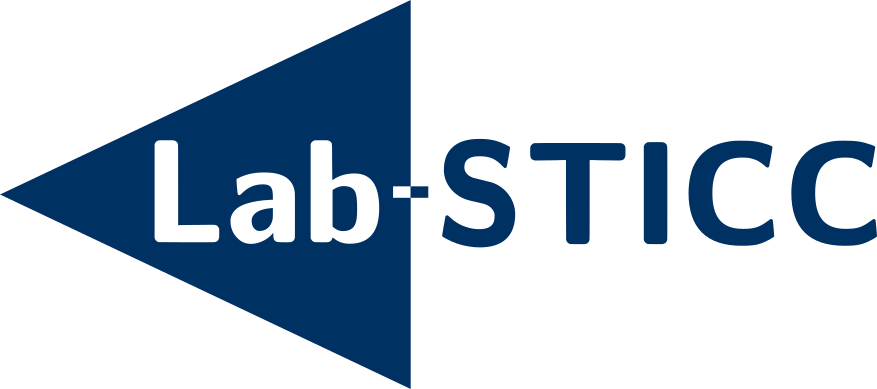A Practical Approach to Novel Class Discovery in Tabular Data
Résumé
The problem of Novel Class Discovery (NCD) consists in extracting knowledge from a labeled set of known classes to accurately partition an unlabeled set of novel classes. While NCD has recently received a lot of attention from the community, it is often solved on computer vision problems and under unrealistic conditions. In particular, the number of novel classes is usually assumed to be known in advance, and their labels are sometimes used to tune hyperparameters. Methods that rely on these assumptions are not applicable in real-world scenarios. In this work, we focus on solving NCD in tabular data when no prior knowledge of the novel classes is available. To this end, we propose to tune the hyperparameters of NCD methods by adapting the k-fold cross-validation process and hiding some of the known classes in each fold. Since we have found that methods with too many hyperparameters are likely to overfit these hidden classes, we define a simple deep NCD model. This method is composed of only the essential elements necessary for the NCD problem and performs impressively well under realistic conditions. Furthermore, we find that the latent space of this method can be used to reliably estimate the number of novel classes. Additionally, we adapt two unsupervised clustering algorithms (k-means and Spectral Clustering) to leverage the knowledge of the known classes. Extensive experiments are conducted on 7 tabular datasets and demonstrate the effectiveness of the proposed method and hyperparameter tuning process, and show that the NCD problem can be solved without relying on knowledge from the novel classes.
| Origine | Fichiers produits par l'(les) auteur(s) |
|---|

